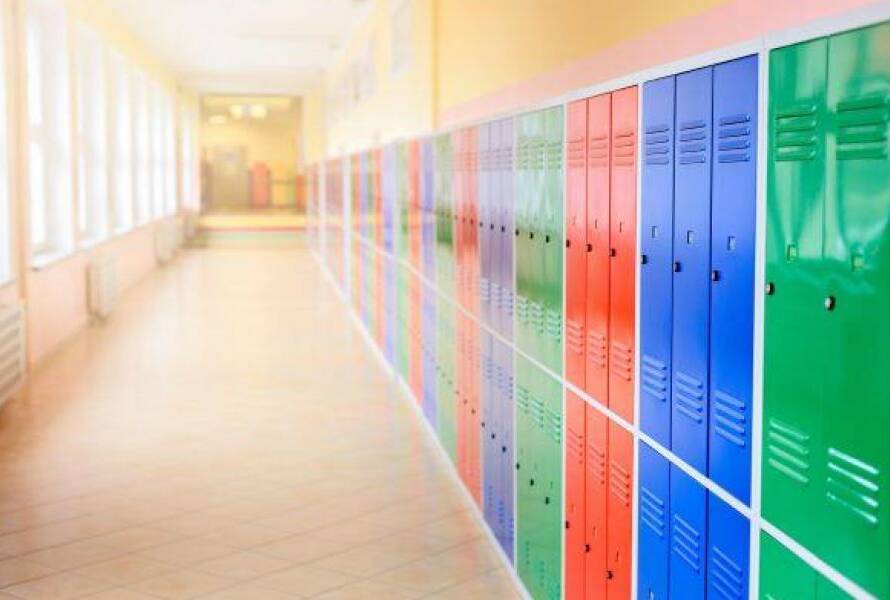Places of worship have a long-standing reputation as a sanctuary, where people can seek refuge, connection, and comfort. Unfortunately, in recent years they have increasingly become targets for violent attacks, theft, and property damage. As a result, it’s imperative that these facilities invest the time and attention necessary to ensure proper security measures are in place.
To maintain a secure yet open facility is a difficult task. Churches, mosques, and synagogues must simultaneously provide continuous security while balancing the desire for openness to all who may wish to visit. Technology investment can assist in this endeavor.
Here are a few important considerations to keep in mind when implementing a video management system at a house of worship.
Ease of use and remote monitoring
Whether a small community with a few hundred parishioners or a mega-facility with several thousand, many of the challenges remain the same. The facility is tasked with securing people and property, but doing so with limited financial resources committed to management, operation, and monitoring of a surveillance system. Selected technologies need to be expansive in capability, but intuitive and simple to use. A user must be able to sit down, navigate, and click the mouse just a few times to accomplish the most critical of tasks.
In addition, being able to access the video security system remotely is a present-day imperative. Staff should be able to easily view video, whether they are onsite or attempting to look remotely. When someone shows up to the facility late at night a team member should be able to look at the alarm and assess whether it’s a janitor or an intruder, and take the appropriate action.
Integration with other systems, capabilities
While a video management system serves as the base foundation for security, it’s critical that technology investment be open to integration with other complimentary systems. Investment in access control allows for management of who can/cannot enter the facility, and works excellent in tandem with a video management system. Advancements in facial recognition, license plate recognition, and a laundry list of other analytic capabilities are now available and round out a robust security system.
Ability to monitor large areas and public spaces
Beyond the buildings themselves, these facilities typically have large parking lots attached with sometimes complex traffic patterns. It’s not unrealistic to expect several hundred cars entering, exiting, or occupying parking lots and spaces. As a result, external coverage is key for investigating and diagnosing basic traffic issues, hit and runs, or theft from a vehicle.
Churches, mosques, and synagogues also host much more than specific times of worship. Many of these facilities have classrooms, daycare centers, and sport courts that present their own security requirements. No longer can these facilities limit the heightened need for security to a select few hours on weekends, rather there must be a plan for uninterrupted security coverage.
Technology continues to move at a rapid rate. Products that were new and far too expensive just a couple years ago are now being deployed regularly and at a fair price point. Selecting open architecture products as the base foundation of a security system will ensure that your system can evolve and advance when new complementary products become available.
Places of worship have a difficult task and must properly navigate the desire for openness with the need for security. Enabling remote monitoring, providing easy access to footage, and integrating with other security technologies is the best way for these facilities to achieve each of those outcomes.
Paul Smith
Paul Smith is Executive Vice President of Sales for Salient Systems, responsible for oversight of sales and sales strategy. Paul joined Salient Systems in 2014, originally as Manager of the Technology Partner Program, where he created and implemented a program that focused on establishing and growing partnerships with complimentary manufacturers.
Between 2015 and 2022, Paul was District Sales Manager then Regional Sales Manager for the Central territory. During this time, he assisted his customers and channel partners with design and implementation of custom integrated solutions.
From 2022 to 2024 Paul was the Director, then VP of Sales for the Central United States managing a team tasked with sales and customer development within a fifteen-state region.


